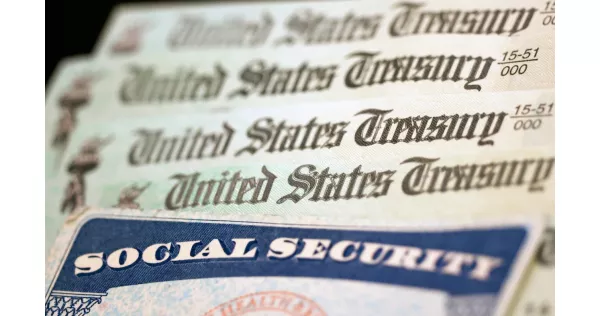Social Security: The Birth of Modern Retirement
This month marks the 90th anniversary of a pivotal moment in American social policy: the signing of the Social Security Act by President Franklin D. Roosevelt on August 14, 1935. This legislation introduced the groundbreaking concept of retirement as a period of financial independence from work, fundamentally changing how Americans approach their later years.
Retirement Before Social Security
Before the enactment of Social Security, most Americans had no reliable means to secure income after leaving the workforce. Large-scale pension systems and retirement savings plans were virtually nonexistent. When people stopped working, they often depended on their families or faced poverty. Many elderly individuals ended up in poorhouses—government-run institutions providing basic shelter and food, often in exchange for labor. These facilities were widespread, with nearly every state operating such homes primarily for the elderly.
During the depths of the Great Depression, the economic plight of older Americans was severe. Approximately half of the elderly population lived below the poverty line, highlighting the urgent need for systemic support.
Social Security’s Role in Economic Security
Since its inception, Social Security has become a cornerstone of economic security for older adults in the United States. In 2023 alone, it prevented an estimated 16.3 million Americans aged 65 and older from falling into poverty. Without this program, the poverty rate among seniors would have soared to 37.3%, compared to the actual rate of 10% that year.
Social Security not only provides retirement benefits but also offers protections against disability and the loss of a spouse or parent. Nearly all American workers contribute to the program and can expect to receive benefits, making it a near-universal social safety net.
The Emergence of Social Insurance in America
Roosevelt’s signing of the Social Security Act also marked the beginning of a new era of social insurance in the United States. This concept involves government-sponsored national programs funded by pooled contributions from employers and employees to protect citizens against economic risks.
Today, social insurance encompasses more than just Social Security. It includes Medicare, Medicaid, and unemployment insurance, forming a comprehensive system designed to support Americans through various life challenges.
Challenges in Private Retirement Planning
Despite the broad coverage of Social Security, private sector retirement plans are less universally accessible. Only about half of private-sector workers participate in workplace retirement programs, and many retirees face the prospect of inadequate savings. This disparity underscores the continuing importance of Social Security as a fundamental pillar of retirement security.
As the nation reflects on 90 years since the establishment of Social Security, its impact remains profound. The program transformed retirement from a time of uncertainty and hardship into a period of relative financial stability for millions of Americans.



